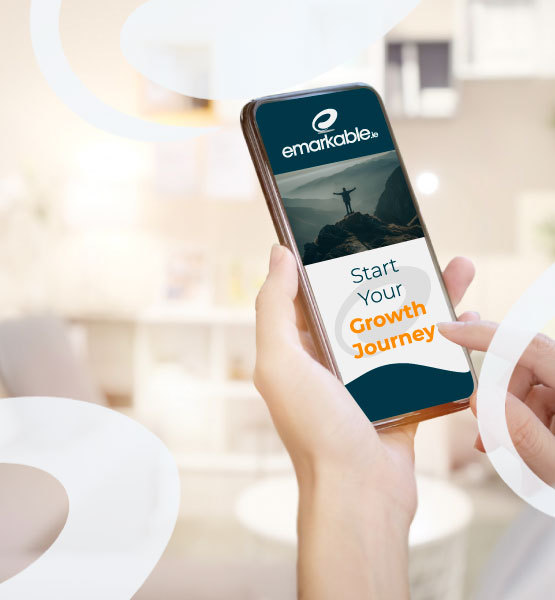Wearable Technology and your Marketing Strategy
Does Wearable Tech Make Sense for Your Brand’s Marketing Strategy?
It is one of the newest trends to hit our ever growing and evolving online marketplace.
Besides smartphones and tablets, now we can wear devices on our wrists, place them into our ears and put them on like sunglasses.
One industry that has been embracing of form of this technology for years is Health Care.
Body sensors have been taking our temperature, measuring our heart rate, monitoring our exposure to sunlight and a multitude of other important measurements. Calories are counted, the force of impact is calculated and our posture is examined all using wearable tech.
Impact or avoidance?
Before the release of the new Apple Watch alongside their upgraded iPhone 6, Intel announced they would be partnering with fashion start-ups to provide the smart bracelet to provide wearable technology for the fashion conscious.
Whether your watch computes much more than time, or you are sporting a smart-but-stylish accessory to your outfit, should businesses be embracing this new technology or recognizing its many challenges?
The first limitation is size; since the screen is so small it does not allow for typing. Functionality will be unlike anything we have ever seen before; with a search result only offering the top result. Battery life will drain more rapidly given its restricted space. Direct advertising on these tiny screens could be difficult and found to be either a distraction or an annoyance.
Think outside the watch
But there is much more to wearable technology than a wristband approach. Google has been working on eyeglasses (Google Glass) that will allow the wearer access to many of their online features. Appearing on the lenses will be traffic alerts, maps, reminders, weather and many other functions.
For example, agents could wear these spectacles and apply them into their communications base utilizing an integrated customer service program. Police forces are examining possible ties to facial recognition and with the use of cloud storage, they could identify suspects.
Another remarkable example came when Danish hearing aid company, GN ReSound, teamed up with Apple to release a new type of listening device. This technologically advanced hearing aid is compatible with Apple’s other i-based technologies and could be considered wearable tech.
Are there any marketing opportunities?
There are many so many new gadgets in the wearable tech marketplace, but are there marketing opportunities that we could be overlooking? Perhaps this question is best answered with more time, experimentation and research.
Makers of these wearable technologies are gearing their devices towards business applications, but they are still not widely available nor are they in the hands of enough consumers to gauge their appeal. Some experts are comparing them to novelties and gadgets while still consider them a force to be reckoned with predicting they will increase productivity and reduce the bottom line.
They also point to some possible marketing opportunities including collecting more customer data through locations and spending habits, but the general consensus seems to be that it is simply too soon to tell.
Online marketing continues to change from the beginning basics to the more complex.
When desktops gave way to smartphones, websites and other apps had to adapt so that they would display properly on these new devices. Traditional online users adapted better to their smartphones and tablets only because the marketplace changed to accommodate them. The same will be true for wearable technologies.
Flying or fading?
Many won’t recall during the infancy of personal computers, how rapidly the discs changed in format and size. The eight-inch floppy disc was quickly replaced by the five-and-a-quarter, which gave way to the 3-inch compact. Those all eventually died out with the use of CD’s and those surrendered to flash drives, memory cards and other external storage devices. But we still aren’t finished evolving, since now our data has migrating up into the cloud.
While each had their day in the sun, their lives were sometimes lengthy and at other times fleeting. Maybe it is too soon to tell if wearable technology will be around for five months or five years. Perhaps the best lesson to be learned here is through careful market research and keeping a close eye on our ever changing trends in technology.



